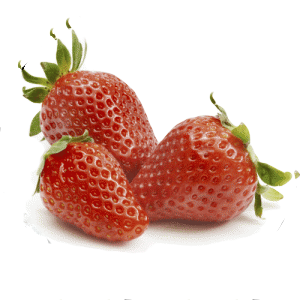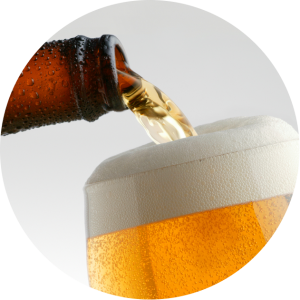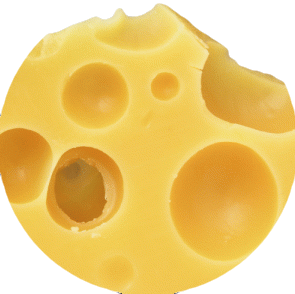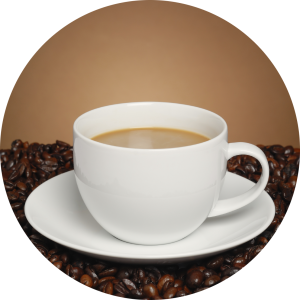Organoleptic analysis
Consumers are very critical when it comes to the taste, smell and visual aspects of food, but also, for example, medicines. Producers and suppliers in the food industry, packaging industry, cosmetics industry and pharmacy respond to this as well as possible by striving to match their products as closely as possible to the taste preferences of the consumer.
They work with taste panels as sensory analysis that randomly test products for smell, taste and visual appeal.
However, there are limitations to panel surveys:
- Hundreds of subjects are needed for a representative sample
- a human being can test a limited amount; over time, noise in the data develops, even in the case of sensory-trained persons
- it is not possible to compare survey data over time
Electronic nose, tongue and eye
Sensory instruments in the form of Alpha MOS E-nose, E-tongue and E-eye are able to measure different odour, taste and visual aspects on the basis of different analysis techniques. Data from these analyses are linked to the data from the examination of taste panels and advanced software calculates the correlation between these data.
Examples of applications:
- Off-Flavor/ Off-Odor identification and quantification (e.g. smell of plastic in food)
- possible interactions between packaging and contents; migration of volatile plastic components
- Quality control of flavouring in comparison with accepted standards
- Control of Flavor Dilution Reate
- Odor Compliance of raw materials from a new supplier
- Aroma Profiling for product development or Benchmark studies on competitors
- Reverse Engineering of products based on the aroma
- Product Authentication based on analysis of odour profiles
- Flavour detection Adulteration
- Assessing efficiency masking odor
Contact Form
This post is also available in: Dutch




